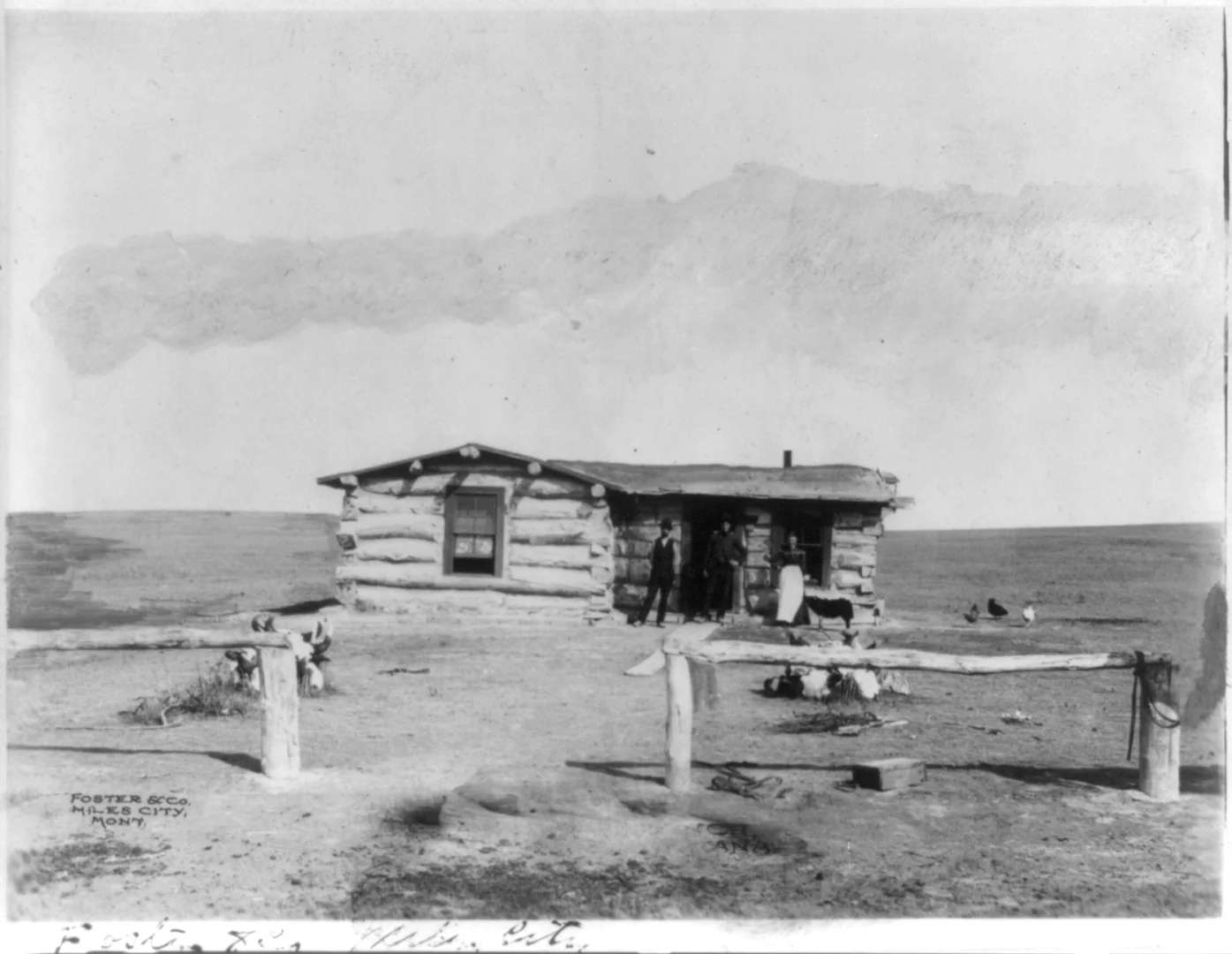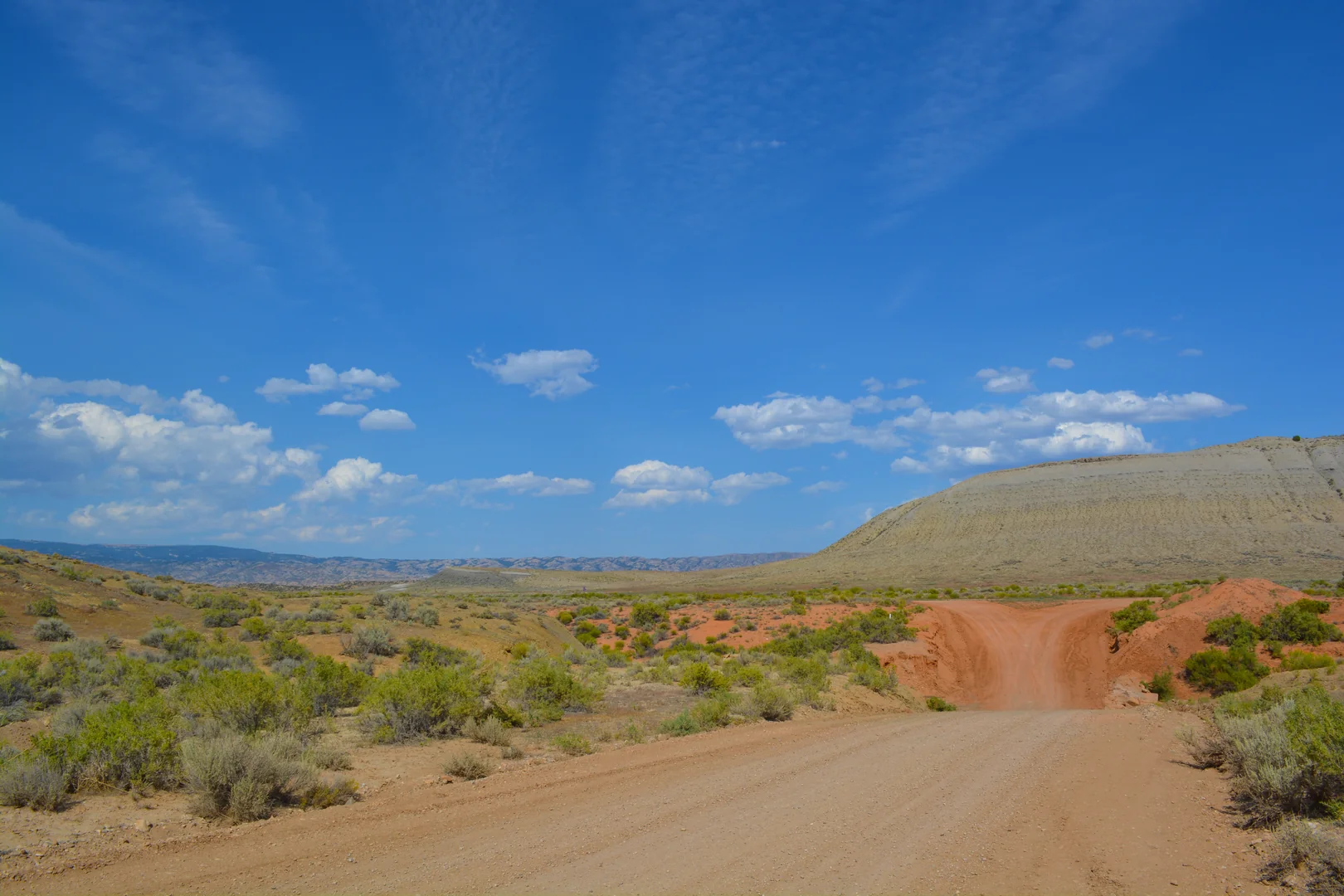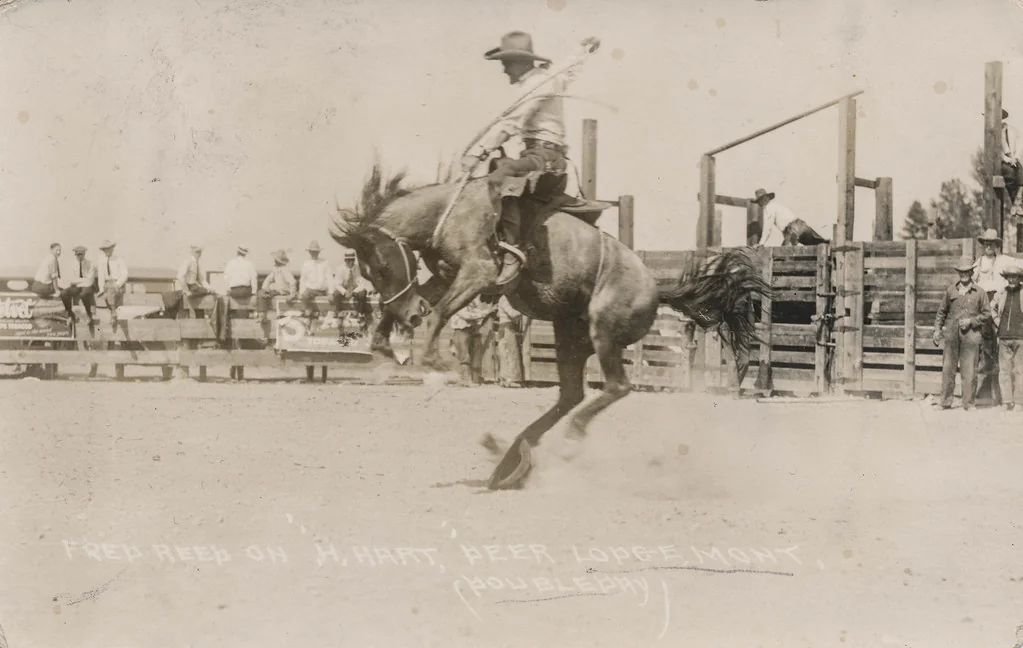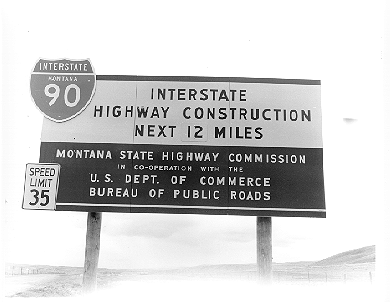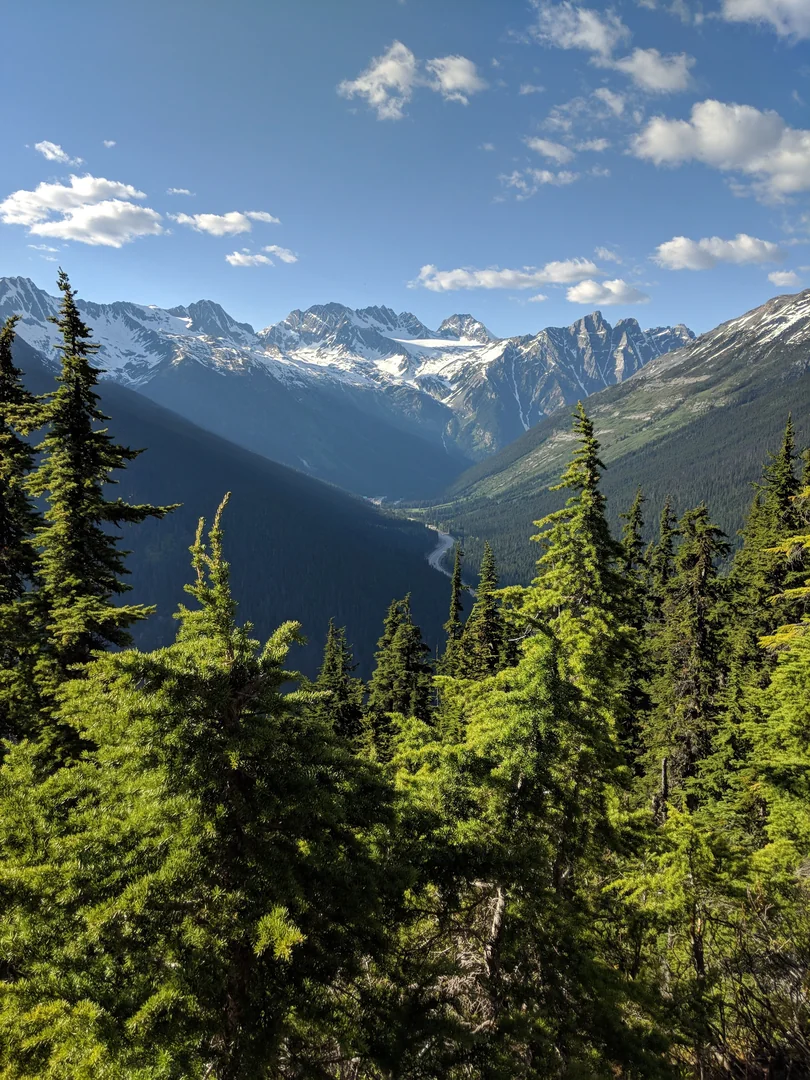Montana's Wide Open Spaces: How Geography Shaped a Free-Spirited Culture
Discover montana's wide open spaces: how geography shaped a free-spirited culture in Montana. Complete guide with detailed information, photos, and practical ti...

Stretching from the Rocky Mountains to the Great Plains, Montana embodies the spirit of wide-open spaces like few other places on Earth. This vast expanse of rugged landscapes and pristine wilderness has shaped the state's culture in profound ways, fostering a free-spirited mentality that celebrates self-reliance, outdoor adventure, and a deep connection to the land.
As you journey through Montana, you'll quickly understand why this place has captured the imagination of explorers, adventurers, and nature lovers for generations. The sheer scale of the terrain is humbling, with soaring peaks, winding rivers, and endless prairies that seem to stretch forever. But beyond the breathtaking scenery, Montana's geography has played a pivotal role in shaping the state's unique character and way of life.
The Frontier Mentality
Montana's isolation and rugged terrain have bred a spirit of self-sufficiency and resilience that permeates every aspect of life here. Settlers who ventured into this unforgiving land had to rely on their wits, resourcefulness, and determination to carve out a living from the harsh environment.
This frontier mentality is still alive and well today, as evidenced by the abundance of small towns and remote communities scattered across the state. In these places, neighbors band together to weather the challenges of living in such a vast and unforgiving landscape, fostering a strong sense of community and self-reliance.
As you explore the stunning vistas of places like the Pryor Mountains, you'll witness firsthand the enduring legacy of this frontier spirit. The rugged terrain and remote location of this remarkable landscape have inspired generations of Montanans to embrace a self-sufficient lifestyle, living off the land and forging a deep connection with the natural world.
Room to Roam
One of the most striking aspects of Montana's geography is the sheer abundance of open spaces. With vast stretches of untamed wilderness, national parks, and public lands, the state offers unparalleled opportunities for outdoor recreation and exploration.
This abundance of room to roam has profoundly shaped the state's culture, fostering a deep appreciation for nature and a love of activities like hiking, camping, fishing, and hunting. Montanans take great pride in their ability to navigate these wild landscapes, and many have become experts in outdoor pursuits like packing into remote backcountry areas on horseback, just as the legendary Sheriff Commodore Perry Owens did in his day.
As you venture into Montana's wide-open spaces, you'll quickly understand why they have become an integral part of the state's identity. Whether you're casting a line in a pristine mountain stream or trekking through the rugged peaks of Glacier National Park, the vastness and beauty of these landscapes will leave a lasting impression.
Frontier Politics
Montana's geographic isolation and frontier heritage have also shaped the state's political landscape in unique ways. With a strong tradition of individualism and distrust of centralized authority, Montanans have long embraced a brand of politics that values personal freedom and limited government interference.
This frontier-influenced political mindset has manifested in a variety of ways, from the state's long-standing support for gun rights to its resistance to federal regulations and environmental policies that are perceived as overreaching. Even today, many Montanans view their state as a bastion of individual liberty and self-determination, a sentiment that is deeply rooted in the state's frontier past.
As you explore Montana's rich history and engage with its people, you'll quickly notice the enduring influence of this frontier political ethos. From the iconic image of a cowboy riding a bucking bronco to the fierce debates over land use and resource management, the state's geographic legacy continues to shape its political discourse and values.
Cultivating Community in the Vast Expanse
Despite the vastness of Montana's landscapes and the isolation of many of its communities, the state has developed a strong sense of togetherness and community. Faced with the challenges of living in such a remote and rugged environment, Montanans have learned to rely on one another and foster a spirit of cooperation and mutual support.
This community-driven mindset is evident in the many small towns and rural areas that dot the state, where neighbors come together for events, celebrations, and even infrastructure projects like building or maintaining roads. In these tight-knit communities, everyone plays a role in ensuring the well-being and prosperity of the whole.
As you explore Montana's highways and byways, you'll likely encounter construction signs and road crews hard at work, a testament to the state's commitment to maintaining its infrastructure and keeping its communities connected. But beyond the physical manifestations of this community spirit, you'll also witness the warmth and hospitality of Montanans themselves, who take great pride in their ability to come together and support one another, even in the face of geographic isolation.
The Paradox of Progress
While Montana's wide-open spaces and frontier heritage have shaped its culture in profound ways, the state also faces a delicate balancing act between preserving its natural landscapes and accommodating economic development and population growth.
As more people are drawn to Montana's outdoor recreation opportunities and quality of life, the state has experienced a surge in development and tourism. This influx of visitors and new residents has brought economic benefits but has also raised concerns about the impact on the state's pristine environments and the preservation of its cherished way of life.
This paradox of progress is particularly evident in places like Glacier National Park, where the breathtaking beauty of the landscape draws millions of visitors each year, putting strain on the park's resources and infrastructure. As you explore this remarkable natural wonder, you'll witness firsthand the challenges of balancing conservation and recreation, and the ongoing efforts to preserve the park's ecological integrity for future generations.
Montana's Geographic Legacy
As you reflect on your journey through Montana's wide-open spaces, it becomes clear that the state's geography has left an indelible mark on its culture, values, and way of life. From the self-reliant frontier mentality to the deep appreciation for outdoor recreation and the delicate balance between progress and preservation, Montana's geographic legacy is woven into every aspect of its identity.
Looking to the future, the state faces the ongoing challenge of honoring and preserving this legacy while also adapting to the changing needs and dynamics of a rapidly evolving world. But if history is any guide, Montanans will approach this challenge with the same resilience, self-sufficiency, and love for their rugged landscapes that have defined their culture for generations.
As you depart from this remarkable state, take with you a newfound appreciation for the profound impact that geography can have on a place and its people. And remember, no matter where your travels take you, the spirit of Montana's wide-open spaces will forever remain a part of you, a reminder of the enduring power of nature to shape our lives and our souls.
